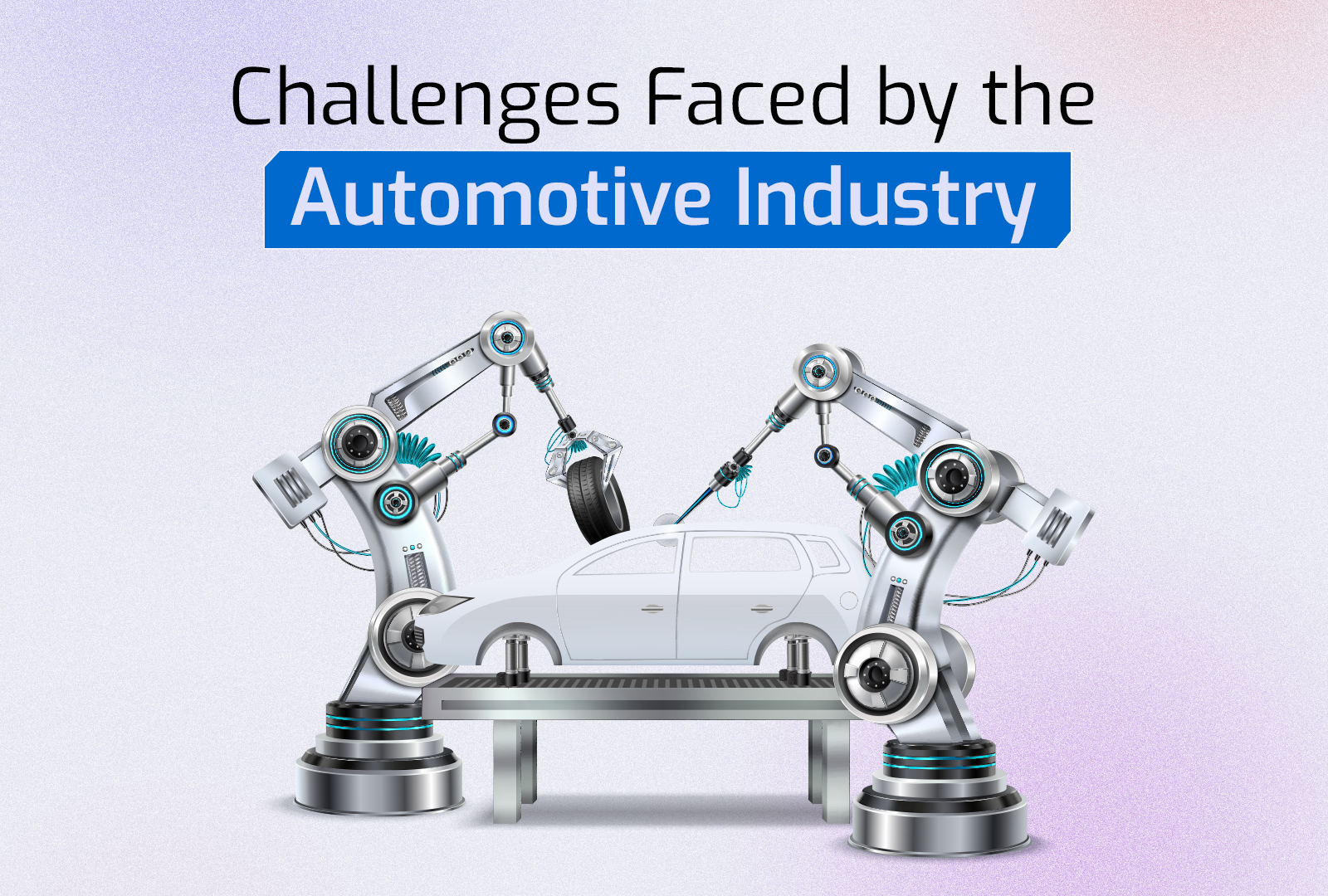- 15th March, 2023

Introduction:
-
The packaging industry faces significant challenges in maintaining product safety and quality while remaining efficient and cost-effective. To address this issue, businesses are turning to computer vision solutions. Businesses can now use the power of machine learning and image recognition algorithms to streamline their quality control process and improve overall efficiency with the help of advances in computer vision technology.
Applications:
Here are some examples of how computer vision is used in the packaging -
-
Glass Inspection:
Manual inspection of glass containers can be time-consuming and error-prone, making it a difficult and costly process. Glass inspection can be automated using computer vision solutions, making it more efficient and cost-effective. Computer vision can be used to analyze images of glass containers and identify defects such as cracks, chips, and bubbles. It can be used to track the production line, identifying areas where defects are more likely to occur. It helps companies to identify the root cause of defects by analyzing images of glass containers at various stages of production.
-
Wrapper defects:
It can examine images of wrappers and detect flaws such as tears, wrinkles, and misalignment. Furthermore, it can provide real-time feedback on wrapper quality that can be integrated into the production line. This enables businesses to detect and address defects as they arise, lowering the risk of product damage and delays. It can also assist in determining the root cause of wrapper defects, allowing businesses to take corrective actions to avoid them in the future.
Benefits
The use of computer vision in the packaging industry has several benefits, including -
-
Increased productivity and efficiency
It has the potential to automate the quality control process, eliminating the need for manual inspection and saving time and money. This has the potential to increase overall efficiency and productivity.
-
Increased accuracy and dependability
It can detect defects and contaminants with high accuracy, reducing the likelihood of errors and improving the quality control process’s reliability.
-
Savings on costs
Automation of the quality control process can save money by reducing the need for manual labor and increasing overall efficiency.
Conclusion
- To conclude, computer vision is revolutionizing the packaging industry by providing efficient and cost-effective quality control solutions. Businesses can improve accuracy, productivity, and dependability while decreasing costs by automating the inspection process. With the continued advancement of computer vision technology, the future of the packaging industry looks brighter than ever. Want to know more about it? Book a demo with us and revolutionize your business. Follow us on LinkedIn for more insightful content.